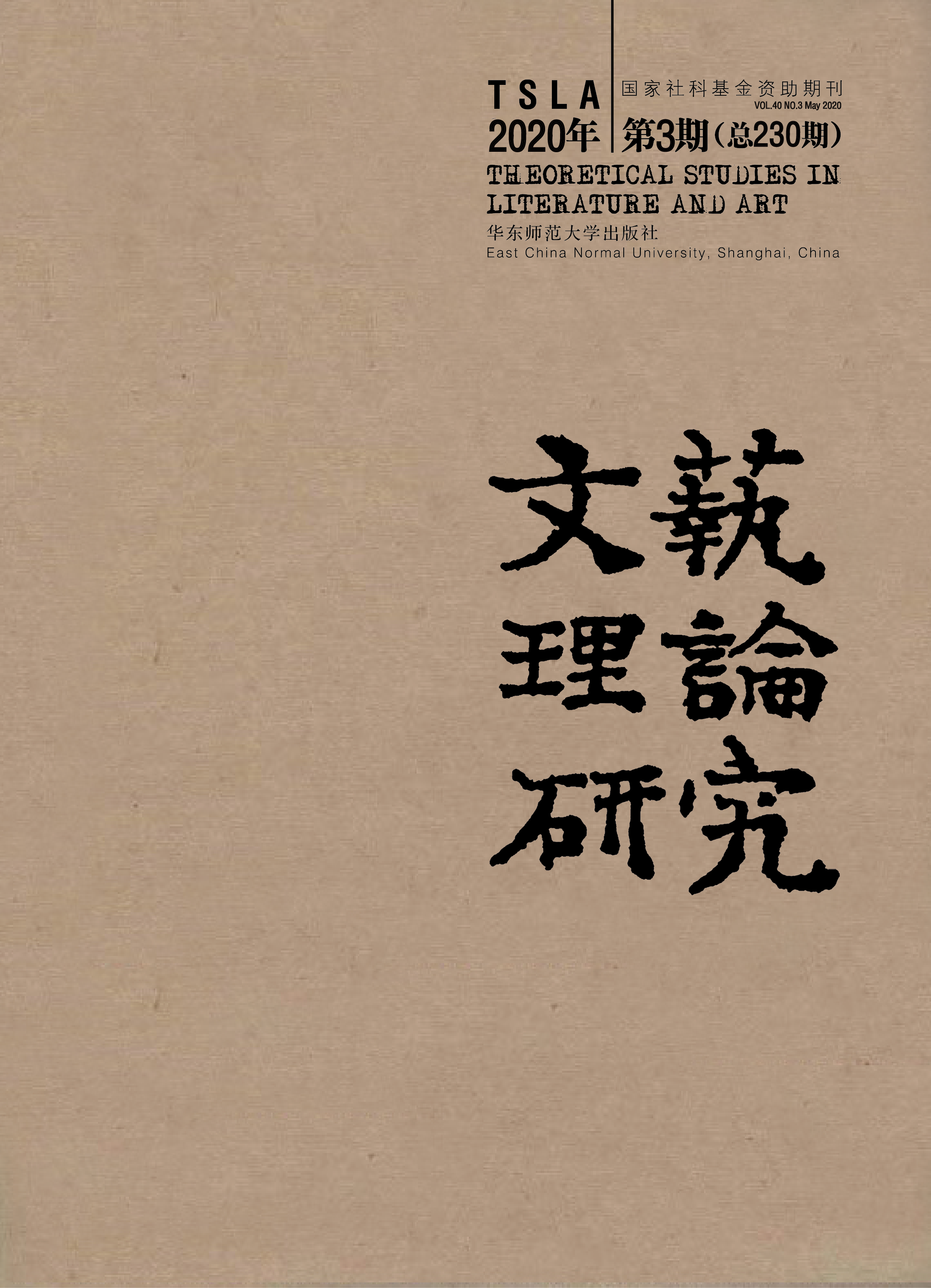
Chinese creative culture intersects with modern Western culture in the following aspects. First, Fuxi's xiantian bagua (Prenatal Eight Trigrams Numbers), "creating symbols of humanity via nature," and the idea of "respecting Confucianism while creating philosophy of individualism" discussed in the Records of the Grand Historian and The Yi Commentary of Su Shi all represent the Chinese-style implicit creative experience of "respecting and transforming reality." Such experience — "creation of the individual within the whole" — is distinguished from creation out of binary opposition in the West. Second, the worship of vitality and the cherishing of life in ancient times, which laid the foundation for Yinshang cultural and artistic creations, have not been promoted philosophically in the development of Chinese culture. To a certain degree, intellectual reflections upon the organic relationship of "life-vitality-creativity" has been interrupted in the Chinese cultural modernization. Third, the "male-and-female-equivalent jade carving" of Yinxu, the "ideological contest of equivalence" of the pre-Qin periods, and the "equivalent cultural exchanges" of the Tang and Song dynasties not only can offer resources for deconstructing the Western "binary opposition," but also can provide the cultural philosophy of "diverse and equivalent relationship of creativities for modern Chinese philosophy and aesthetics. Fourth, the historical evolution of Chinese understanding of "divide and unite," and the deeply individualized thinking of writers in literary classics penetrating and creating tensions in Confucianism and Taoism are existing forms of "equivalent interaction" between creative culture and regulative culture. The idea that "Chinese culture is characterized by equivalent interaction" can replace the perception of "a dominantly determined Chinese culture" that has been accepted for nearly a hundred years.